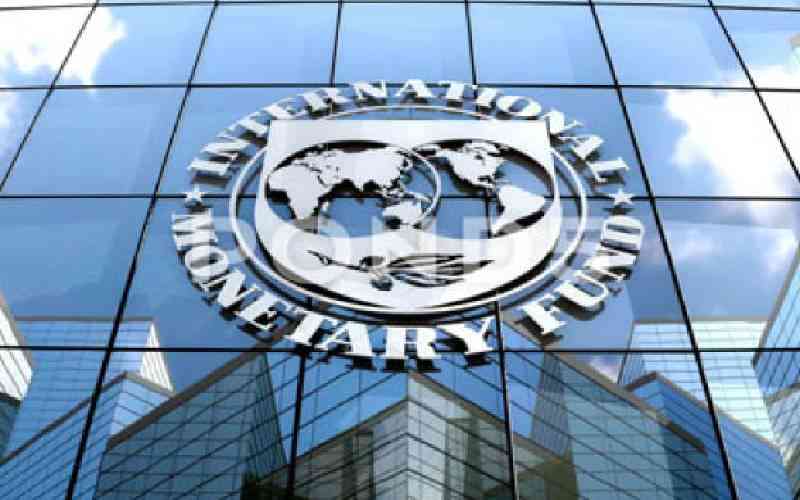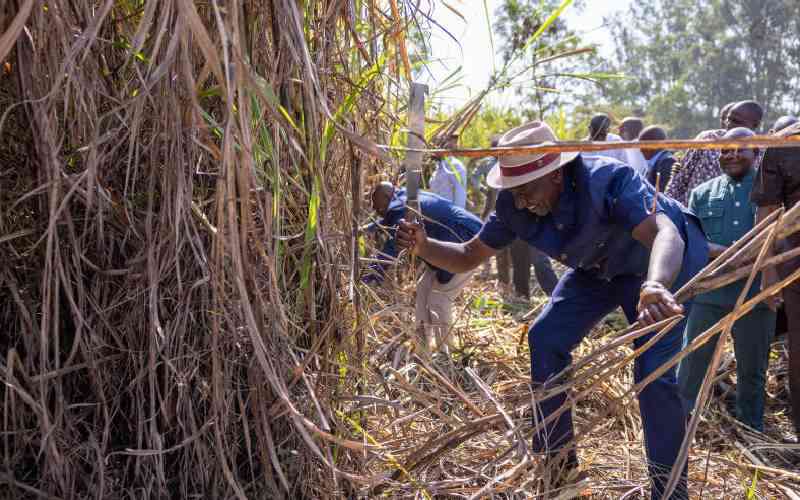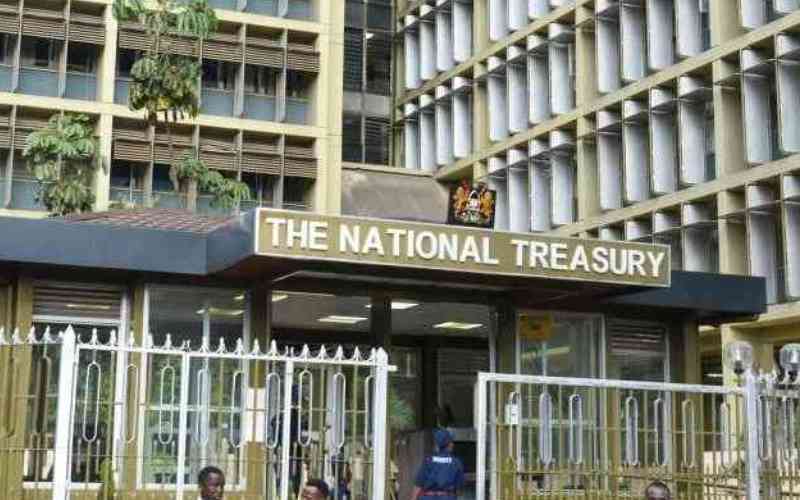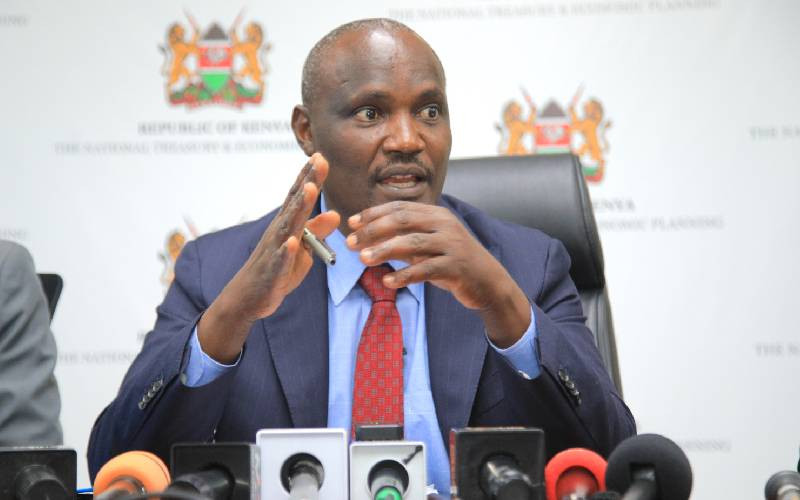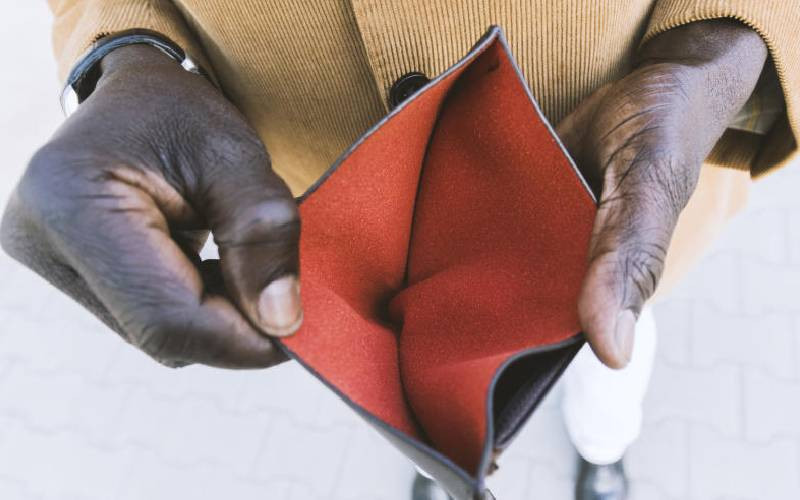×
The Standard e-Paper
Informed Minds Prefer The Standard
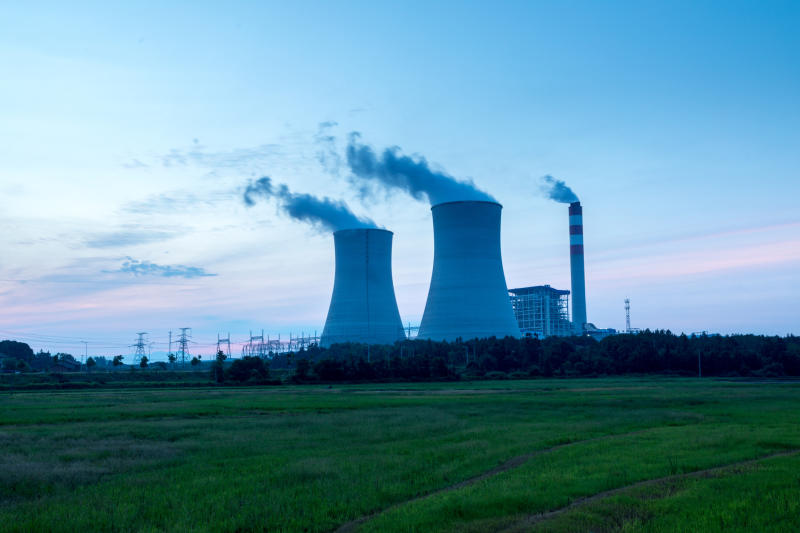
COMESA region has reported a steady rise in the total installed power generation capacity, a joint committee meeting on transport and communications, information technology and energy heard on Monday.
A report presented at the 12th Joint COMESA Committee meeting, currently, the total installed power generation capacity in the region is estimated at 95,945 megawatts (MW) up from 65,791 megawatts in 2016 and 48,352 megawatts in 2012.
